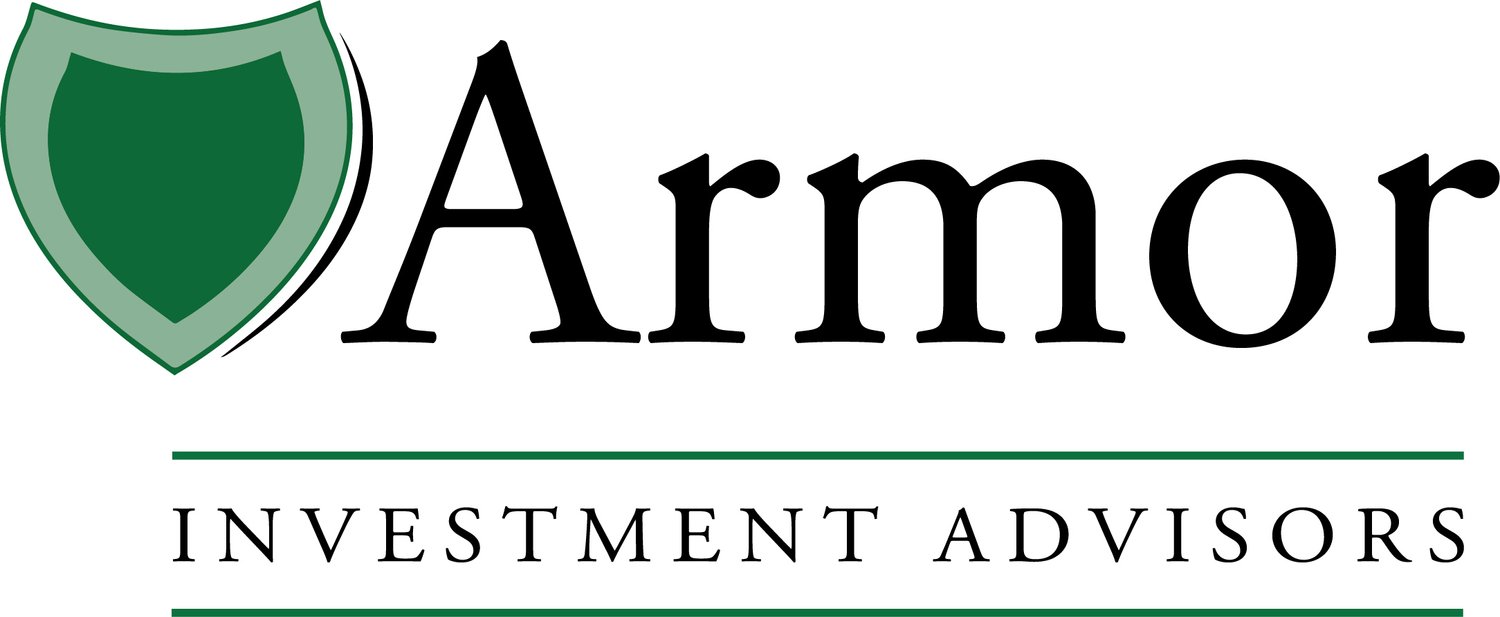January 10, 2022
THE SECURE ACT 2.0 AND YOU
by Matthew Miller, CFP®
You may remember that the original Secure Act was passed in late 2019. If you don’t, that’s okay – that’s what we’re here for! Intended to make a secure retirement more attainable for everyone, it added some planning opportunities that many of our clients were able to enjoy taking advantage of. Secure Act 2.0 was passed just before Christmas and goes even further. While many of its 80+ sections will be subject to some refinement and interpretation when the rubber of the new law meets the road of reality, we see some key changes that could immediately impact our clients:
Required Minimum Distributions have been pushed back to age 73 in 2023, and that starting age will rise to 75 in 2033. This will open the door for more in-depth “paycheck replacement” discussions for early retirees and near-retirees, and allow additional time for Roth conversions in certain circumstances. Penalties for missing RMDs have been decreased as well. Qualified Charitable Distributions from IRAs are still allowed starting at age 70.5.
For college savers worried about over-contributing to 529 Plans, some relief has been granted in the form of 529-to-Roth IRA transfers. Beginning in 2024, savers can move 529 money directly into a Roth IRA. The 529 must have been maintained for at least 15 years and the Roth IRA must be in the name of that 529’s beneficiary, and there is a lifetime limit of $35,000. There are additional conditions, but this represents an attempt to assuage at least one unpleasantness in the college planning world, and we welcome that. On a side note, if you or your student want to talk about college planning or saving, let us know. It’s never too early to have that conversation.
Catch-up contributions for retirement plan participants and IRA owners have been improved as well! The $1,000 catch-up for IRA owners 50+ will be indexed for inflation starting in 2024, and (starting in 2025) 401(k) participants ages 60-63 will be able to catch up beyond the current $7,500 allowed for those 50+.
This list is by no means exhaustive, and there is likely to be some back-and-forth when the IRS begins to interpret and apply everything. There are numerous additional provisions that encourage employers to provide better retirement plans, and some that help simplify and standardize things like rollover paperwork. Notably, the ability to do back-door Roth conversions (an oft discussed potential “loophole” to close) was not eliminated. Know that we are keeping our eyes and ears open, and are always seeking to stay ahead of the game for our clients. Watch this space for more information, and don’t hesitate to call Armor with any questions. We are excited to see Secure Act 2.0 in action!—M. Miller
Nothing contained in this post is intended to constitute legal, tax, securities or investment advice, nor an opinion concerning the appropriateness of any investment, nor a solicitation of any type and does not guarantee future results. The information contained in this post should not be acted upon without specific legal, tax and investment advice from a licensed professional. Past results are not indicative of future performance.
